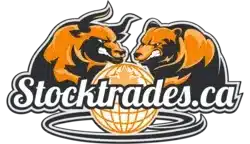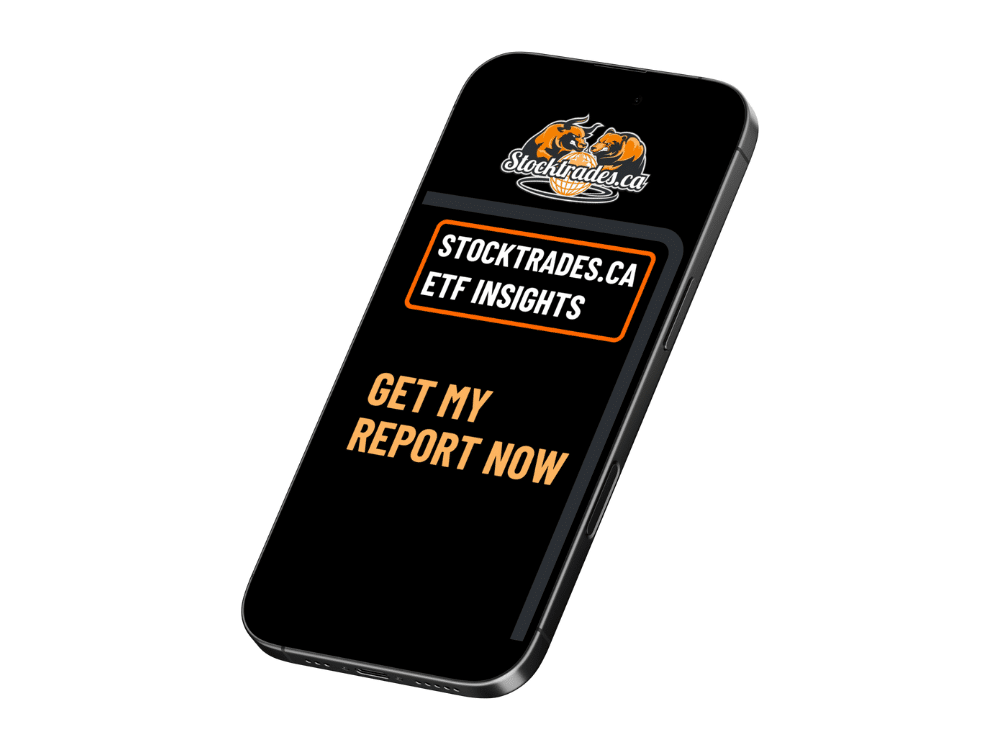Low Fees & Steady Growth: These Canadian Index Funds Are Built for the Long Haul
Key takeaways
Broad Market Exposure at Low Cost – These ETFs provide diversified access to Canadian and U.S. stock markets with low expense ratios.
Tax Efficiency Matters – Some funds, like Horizons HXT, use swap structures to enhance tax efficiency for Canadian investors.
Diversification with Bonds – ZAG adds fixed-income exposure, balancing equity risk in a portfolio.
One ETF I like way better than the ones on this list.Low-cost index funds are catching on in a big way. For one, it has been brought to many investors’ attention how high-fee mutual funds and exchange-traded funds can deteriorate one’s portfolio, often by staggering amounts when those fees are paid over decades.
Secondly, many investors have figured out they are uncomfortable buying individual stocks and instead want to hold broad market ETFs that track major market indexes. In most instances, the broader we get in terms of exchange-traded funds, the cheaper the fees will be.
For example, ETFs that focus mainly on Canadian dividend stocks will often have higher fees than those that target the entire Toronto Stock Exchange.
For this reason, more and more funds are coming out that we would deem low-cost here in Canada, and in this article, we’re going to go over some of the best.
What are the top low-cost index funds in Canada right now?
Low-cost U.S. equity exposure
BMO S&P 500 ETF (TSE:ZSP)
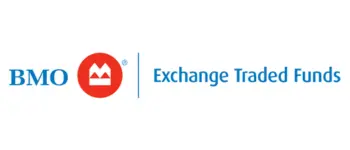
ZSP tracks the S&P 500, offering Canadian investors access to 500 of the largest U.S. companies. It is hedged to the Canadian dollar, providing market returns without currency fluctuations.
Tax-efficient exposure to Canada’s top stocks
Horizons S&P/TSX 60 Index ETF (TSE:HXT)

HXT tracks the S&P/TSX 60, representing Canada’s largest blue-chip companies. It uses a total return swap structure, making it more tax-efficient by avoiding taxable distributions.
Related
The Best ETFs for Your RRSP

Broad Canadian market exposure
BMO S&P/TSX Capped Composite ETF (TSE:ZCN)

ZCN tracks the S&P/TSX Capped Composite Index, providing exposure to nearly all publicly traded Canadian stocks. It ensures no single stock exceeds a 10% weighting.
All-cap exposure with Vanguard’s low fees
Vanguard FTSE Canada All Cap ETF (VCN.TO)
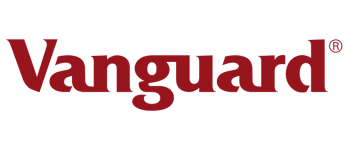
VCN tracks the FTSE Canada All Cap Index, offering exposure to large, mid, and small-cap stocks. This fund is a strong choice for investors seeking full Canadian equity market exposure with a broad mix of companies.
Core Canadian bond market exposure
BMO Aggregate Bond ETF (TSE:ZAG)

ZAG tracks the FTSE Canada Universe Bond Index, providing exposure to a mix of government, corporate, and high-quality fixed-income securities. It is a staple for portfolio diversification and risk management.
One-fund global equity solution
iShares Core Equity ETF Portfolio (TSE: XEQT)
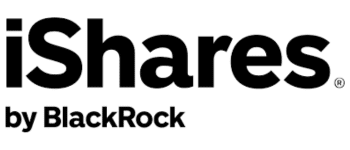
XEQT is a 100% equity portfolio ETF, offering exposure to Canadian, U.S., international, and emerging markets. It’s ideal for long-term investors seeking global diversification in a single fund.
Tax-efficient S&P 500 exposure
Global X S&P 500 Index Corporate Class ETF (TSE: HXS)

HXS tracks the S&P 500 but uses a swap structure to convert dividends into capital gains, making it tax-efficient for non-registered accounts.
Overall, these funds are solid options for those looking to save money on fees
There are more funds in Canada with smaller management expense ratios. However, many of them are Canadian-domiciled funds that hold US securities, meaning that there are often hidden costs in the form of withholding taxes that ultimately increase fees overall.
With these 5, you’ll pay next to nothing to own them annually. The fact these funds can operate with these low management fees shows how far we’ve come regarding self-directed investing.
Even just 15-20 years ago, single commissions to buy stocks or ETFs on trading platforms could range from $30-$50 a trade. Now, we can often buy them commission-free and pay just pennies to own them annually.
This is a perfect situation for a beginner investor looking to get exposure to the stock market and is likely only going to get easier as we move forward.
How do you invest in a low-cost index fund in Canada?
Investing in a low-cost index fund requires nothing more than access to a brokerage account. Whether it be a platform like Qtrade or a commission-free platform like Wealthsimple Trade, it doesn’t take more than a brokerage account and a hundred dollars to start investing in ultra-low fee ETFs.
What is considered a low-cost index fund?
The term “low fee” has constantly changed over the years. Even 10-15 years ago, paying even 0.5% would be considered a low fee.
Now, as competition has risen and funds are becoming cheaper to operate due to higher assets, if we’re speaking in terms of low-fee funds, I’d be looking anywhere from 0.05%-0.15%, or anywhere from $0.50-$1.50 per every $1000 you have invested annually.
Related
What ETFs to Buy in Canada

What is the largest index fund in Canada?
Canada’s largest index fund is one of the oldest index funds ever created, the iShares S&P/TSX 60 ETF (XIU.TO). At the time of writing, the fund has just under $16B in assets under management and aims to track the top 60 companies on the TSX.
The fund currently has fees of 0.18%, so although I wouldn’t call it low-fee, it certainly isn’t high-fee either.
Why aren’t there more options for low-fee index funds in Canada?
Typically, the larger the assets under management, the less a fund charges to operate. This makes sense, as the larger the pool of capital, the less it can charge to theoretically earn the same amount of money it needs to operate the fund.
We have a much smaller market in Canada than in the United States. This is why you’ll find much more low-fee funds south of the border and not much when tracking the TSX Composite Index.
However, the fees are still ultra-low on a few of the country’s best index funds, which hold some of the biggest stocks in Canada. In this article, we’ll go over some of the best. Lets get started.
